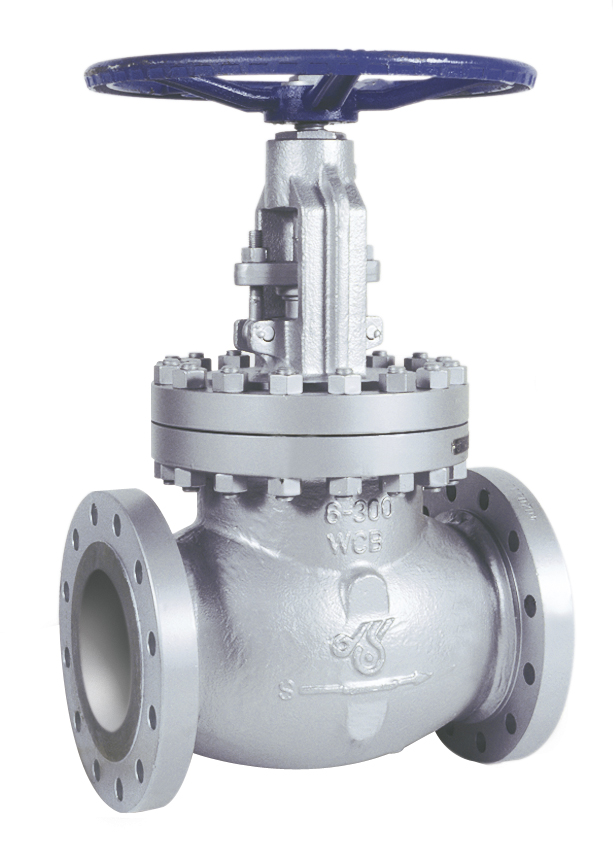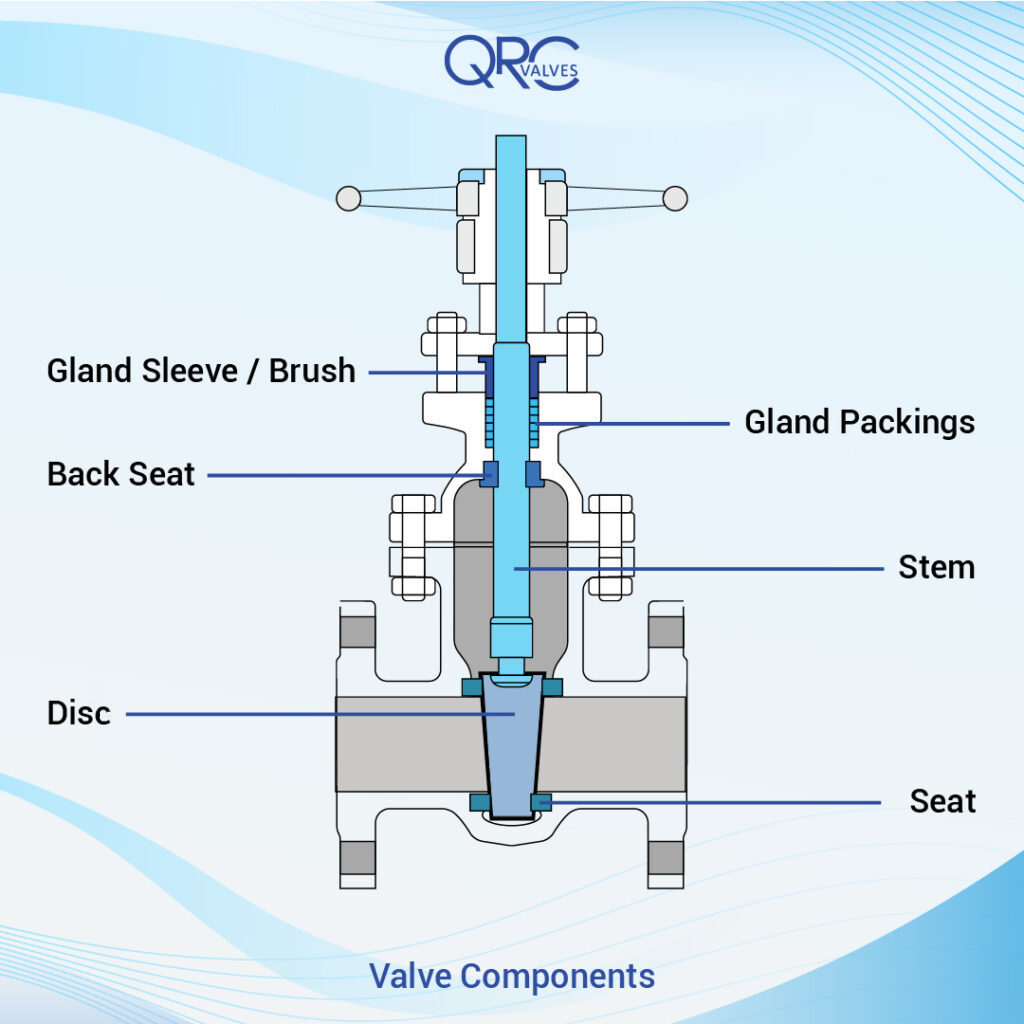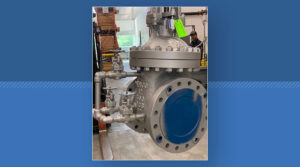Valve Backseat
A valve backseat is a common design feature in gate valves, as well as globe valves, serving in isolation applications. It is part of the valve trim and plays a crucial role in ensuring the integrity and functionality of these industrial valves. This article reviews how a valve backseat works, its testing procedure, and when to deploy it to maintain system reliability.

How a Valve Backseat Works
A valve backseat is a sealing arrangement at the top of a valve stem with a mating sealing surface on the inside of the bonnet. When a gate valve or globe valve is closed, there is no or little pressure in the body cavity. Thus, the pressure on the stem packing is small. But if the valve is open, the packing becomes subject to the working pressure. Over time, the packing can wear and loosen due to contact with the working fluid and fluctuations in temperature and pressure, which results in leakages. However, if a backseat is present, it can engage with the valve body to create a tight seal between the stem and bonnet. Therefore, this results in isolating the stem packing from the working pressure and preventing leakage of fluids. Essentially, this arrangement serves as an additional/secondary barrier against external leakage and ensures a tight shut-off.
The intent of the backseat design is to provide a backup to the primary seal of a valve, which is often a stuffing box. As a result, an operator will be able to repack a valve without having to shut down the system. The user will only have to backseat the valve, loosen the gland bolts, pull back the gland, and remove the packing set. From there, the user will then install a new set, tighten the gland, and deactivate the backseat. Due to this function, it is essential to construct a valve backseat from resilient polymers or metal alloys that offer durability and corrosion resistance.
Valve Backseat Test

A valve backseat test is essential to verify its functionality and reliability. API 598, section 6.2 describes this test procedure as part of the valve inspection and testing process for production valves. The procedure follows these basic steps:
-
- Mount the valve on a test bench in the fully open position with both valve ends closed. Generally, putting the valve in the fully open position tightens it on the backseat.
-
- If the packing gland is installed, then loosen it to ensure there is no gland load on the packing.
-
- Pressurize the valve with water and monitor for leakage coming past the backseat. The pressure of this test should not be less than 110% of the maximum allowable pressure of the valve material. For example, a 900 lb, 20-inch valve using A216 WCB material has a design pressure of 2252 psi (ASME B16.34). So, its backseat test pressure will be at 2477 psi, which is 110% of the material design pressure.
-
- The test duration depends on the valve size. For API 598, the duration is 15 seconds for valves less than 2 inches, while valves greater than 2 inches run for 60 seconds. API 6D “Pipeline Valves”, section 10.2 has similar requirements but with a few differences. The test pressure remains the same at 110% of design pressure, however, the test duration is longer. Testing for valves less than 4 inches runs for 2 minutes, whereas valves greater than 6 inches should have their pressure test for 5 minutes.
-
- Monitor the stem for visible leakage for the duration of this test. No amount of leaking is permissible.
Valve Backseat Application
Knowing when to deploy valve backseats is crucial for maintaining system integrity. While a backseat is a requirement per industry standards for some gate and globe valve designs, it is best practice to avoid their use, except when it is absolutely necessary and after exhausting other options to effect a seal, such as drilling and tapping. Even a number of API standards have text that caution against the indiscriminate use of the backseat.
-
- For example, the API 600 section 5.8.9 states, “A back seating arrangement is a requirement for all gate and globe valves and, as such, is not meant to imply a manufacturer’s recommendation for its use for the purpose of adding or replacing packing while the valve is under pressure”.
-
- API 589 section 6.2.3 states, “The successful completion of the backseat test shall not be construed as recommendation by the valve manufacturer that, while the valve is pressurized, the valve may be repacked or packing may be replaced”.
How to Use the Backseat
The backseat should only isolate the gland packing from flow temporarily. For example, when gland packing leakage is evident, the valve repair will soon occur.
Incorrect Application of the Backseat
The backseat should not serve to allow gland packing replacement or repair while the valve is in service if the working fluid is at high temperatures or is of composition that can be harmful to the operators or environment.
One common error among valve operators is to believe that activating a backseat helps prevent the wear of packing rings. Unfortunately, using the backseat this way over a long period could cause the valve to jam, thereby making closing difficult. This occurs because of two reasons:
-
- The stem, disc, body, and bonnet heat up and expand at different rates, which could cause jamming in the back-seated position.
-
- The gland packing will dry out and could blow upon closing or score the spindle.
Another issue with backseats is unintentional deployment during actuation. For manually actuated valves, one simple rule is to turn the handwheel back one full turn from the fully open position. This deactivates the backseat and is usually stated in the operating manual of the valve manufacturer. For pneumatic, hydraulic, and electric actuators, the obligation is on the valve manufacturer to correctly adjust the actuator in the open position.
At QRC, we partner with global leaders in valve manufacturing to deliver high quality products, technical support, and exceptional service. Our team of engineers are available to collaborate with you as we deliver custom solutions that meet your specific requirements.


